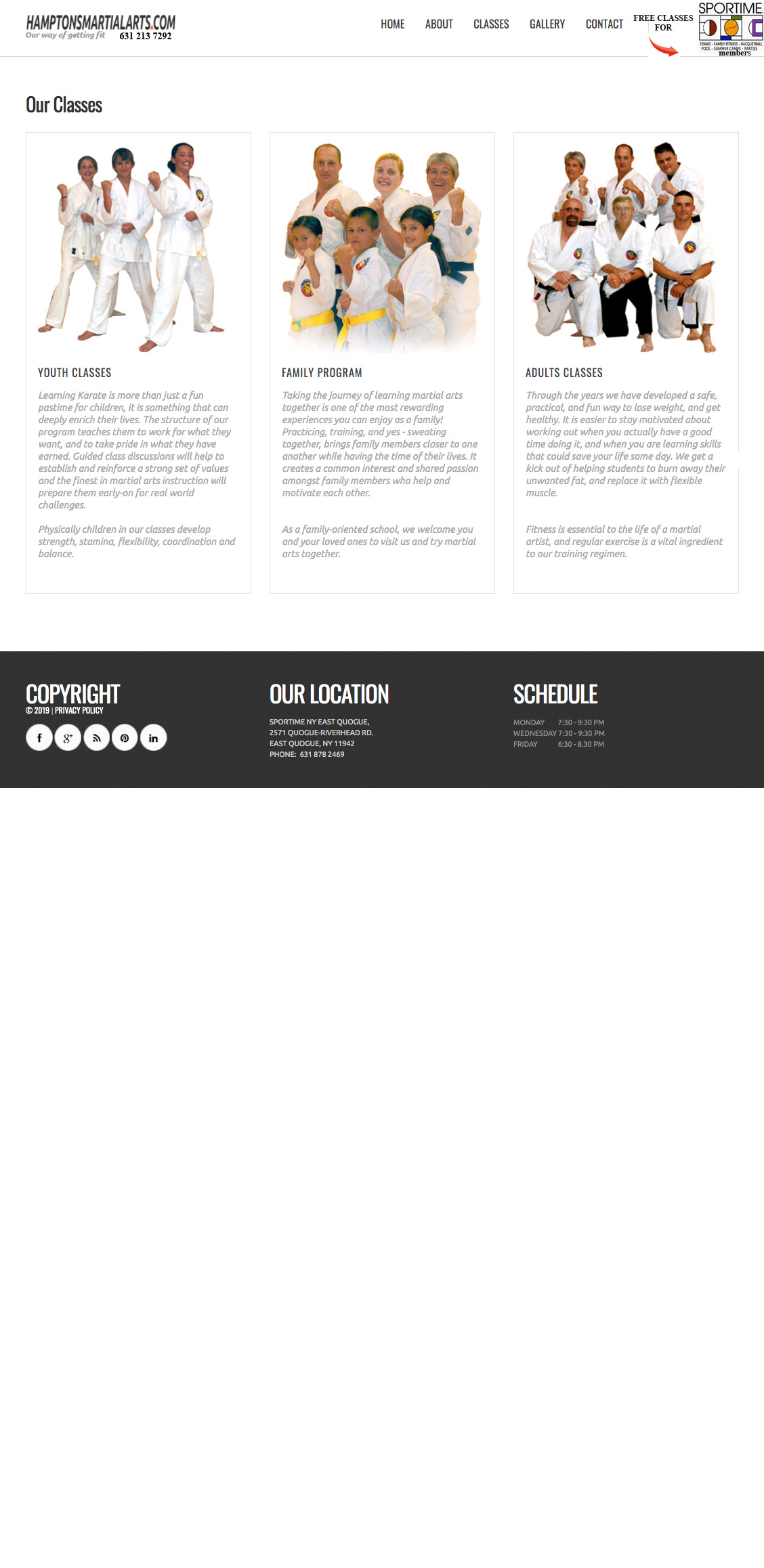|
|
"Tang Soo Do" (당수도) is the Korean way to express the Hanja 唐手道 (articulated
Táng shǒu dào in Chinese),[2] and makes an interpretation of actually to
"The Way of the Tang Hand."
Similar characters can be articulated "karate-dō" in Japanese. In the mid 1930s, around 55 years after Japan's addition of Okinawa,[3] Gichin Funakoshi as a team with others changed the principal character, 唐, which alluded to the Chinese Tang Dynasty, to 空, meaning "vacant"; the two characters can be articulated "kara" in Japanese, however 唐 is all the more ordinarily rendered as "Tou".[4] Funakoshi apparently needed to dodge perplexity with Chinese Kenpō. Funakoshi asserted Okinawan Karate could "now be viewed as a Japanese military workmanship" and found the China reference "improper" and "it might be said degrading".[5] The Chinese way to express 空手道 is kōng-shǒu-dào, and the Korean is articulated [koŋsʰudo](공수도). Outside of the Far East, the expression "Tang Soo Do" has basically turned out to be synonymous with the Korean military craftsmanship advanced by grandmaster Hwang Kee. The historical backdrop of the Moo Duk Kwan (from which most of all cutting edge Tang Soo Do beauticians can follow their ancestry) can be followed to a solitary organizer: Hwang Kee,[6] who educated Chinese hand to hand fighting while in Manchuria.
|

